“If a man has no tea in him, he is incapable of understanding truth and beauty.” – Japanese proverb
Something about tea makes it unique. Soothing, light, delicately energising and available in thousands of different varieties, it’s gentler and more versatile than coffee. For centuries, tea has marked the time in most of the world: first sipped only on special occasions, then quickly evolving into the staple of breakfast and afternoon breaks, it could be said that tea has conquered the heart of mankind.
Prepared in a variety of ways, such as with yak butter and salt in Tibet, condensed milk in Thailand and spearmint in Morocco, tea is the most widely consumed beverage in the world after water, with some varieties – such as the famous oolong Da Hong Pao – commanding a higher price than a vintage wine. Yet all tea types originate from the same plant, Camellia Sinensis, a species of evergreen shrub native to different Asian regions.

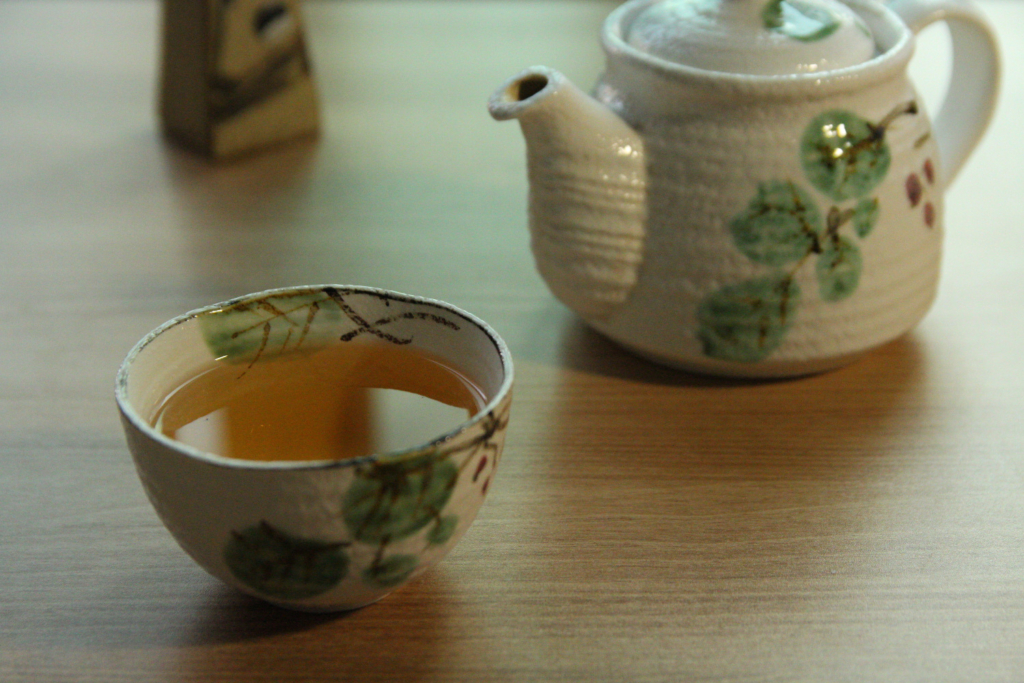
Several variables – like leaf type and size, or soil and cultivation practices – determine the level of caffeine, while the oxidation process affects tea’s colour and flavour, as does the time of the year in which the leaves are harvested. Some high-quality teas are marked as ‘first flush’; that means they’re made with the first leaves of the harvest season, considered by connoisseurs to be of the finest calibre.
All things considered, exploring the world of tea can be intimidating, so here we offer an overview that should clear up any confusion about the drink.
Black Tea
Made from leaves that are fully oxidised, black tea is characterised by yielding a dark brown liquor (a term often used to describe the brewed liquid). It is generally brewed with water heated to 90-100°C, depending on variety and blend.
Popular black tea varieties include…
Assam – Made from a variety of Camellia Sinensis, the Assamica, native to India. A strong tea, generally used in breakfast blends (such as Irish and English Breakfast), it has a robust, malty flavour and a very dark liquor.
Ceylon – A protected designation of origin for 100% Sri Lankan tea. Traditionally, Ceylon tea undergoes what is called “orthodox processing”: its leaves are rolled, often by hand (but also by machine), instead of being crushed, resulting in high-quality loose leaf tea. It is a medium to full-bodied tea with a rich flavour, and the basis for several scented teas, like Earl Grey.
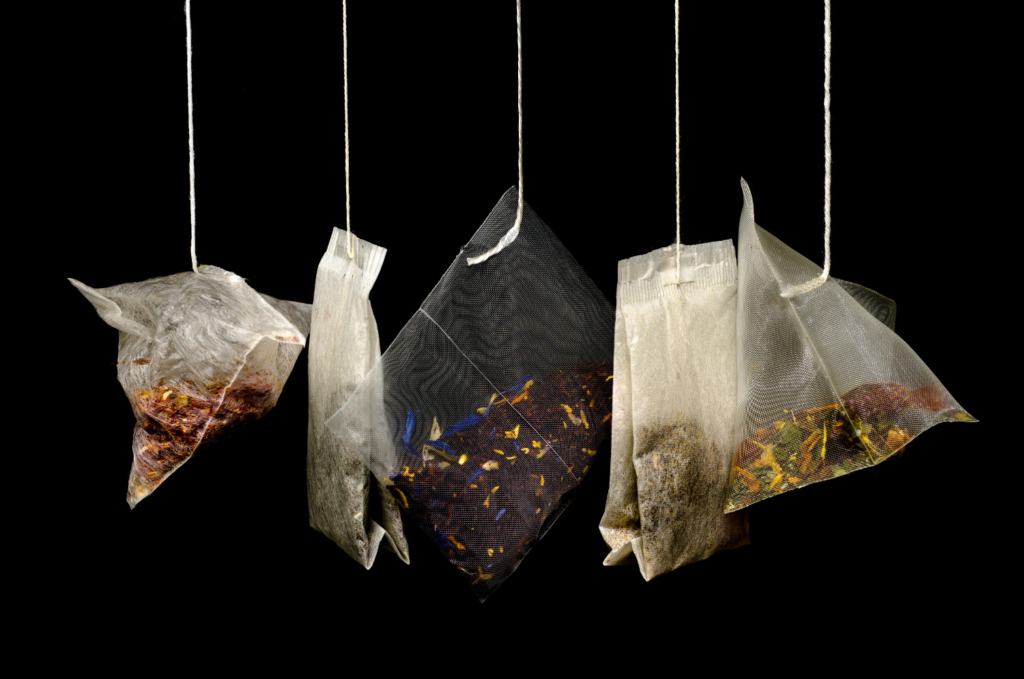
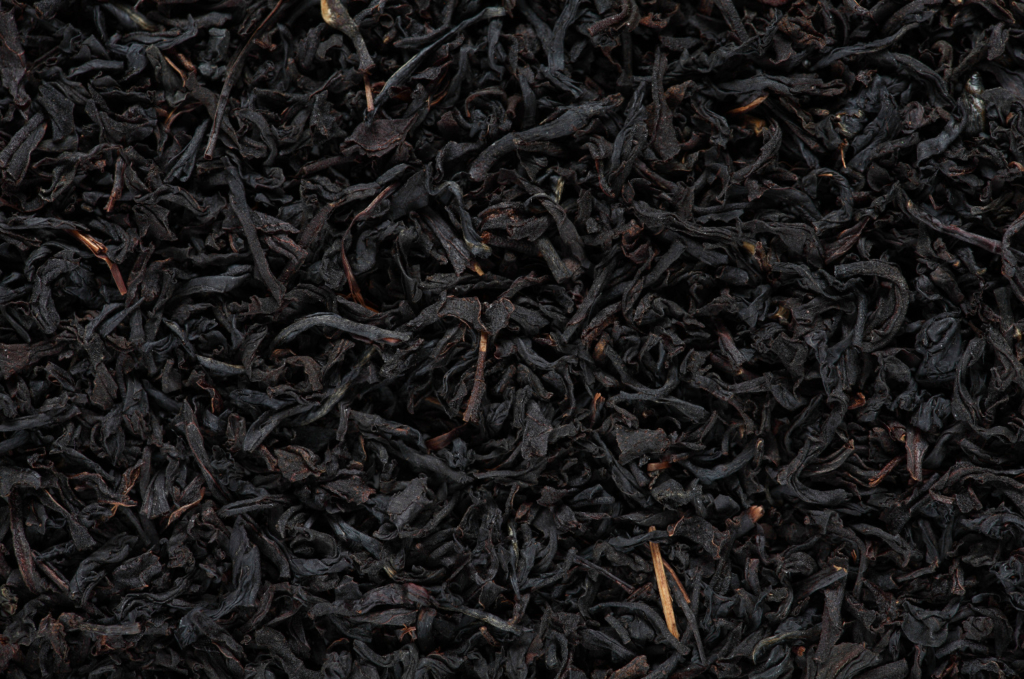
Darjeeling – Only 90% oxidised and probably the most famous Indian tea variety, it comes from the Himalayan foothills. It is thin-bodied, with a floral to musky flavour palette, highly dependent from the flush: first flush Darjeeling is light and more floral, while second flush Darjeeling is celebrated for its unique muscatel flavour. Because of the delicacy of its taste, it is best enjoyed without milk or sugar.
Keemun – A fine black tea from China, Keemun was first produced only in the late 19th century. Its flavour is a rich, smooth ensemble of toasty, fruity and smoky hints, which has been defined as ‘winey’. Light to medium-bodied, it is often used in afternoon blends.
Green Tea
Green tea is the result of a minimal to absent process of oxidation, which allows the leaves to retain their colour and yields a fresher flavour palette. The oxidation process, which starts naturally when the leaves are plucked, is halted by pan-firing in most Chinese varieties, and by steaming in most Japanese varieties, with each technique affecting the taste differently. When brewing green tea, water should be at 65-80°C, depending on variety and blend, with the exception of Gyokuro, for which it should be at 40-50°C.
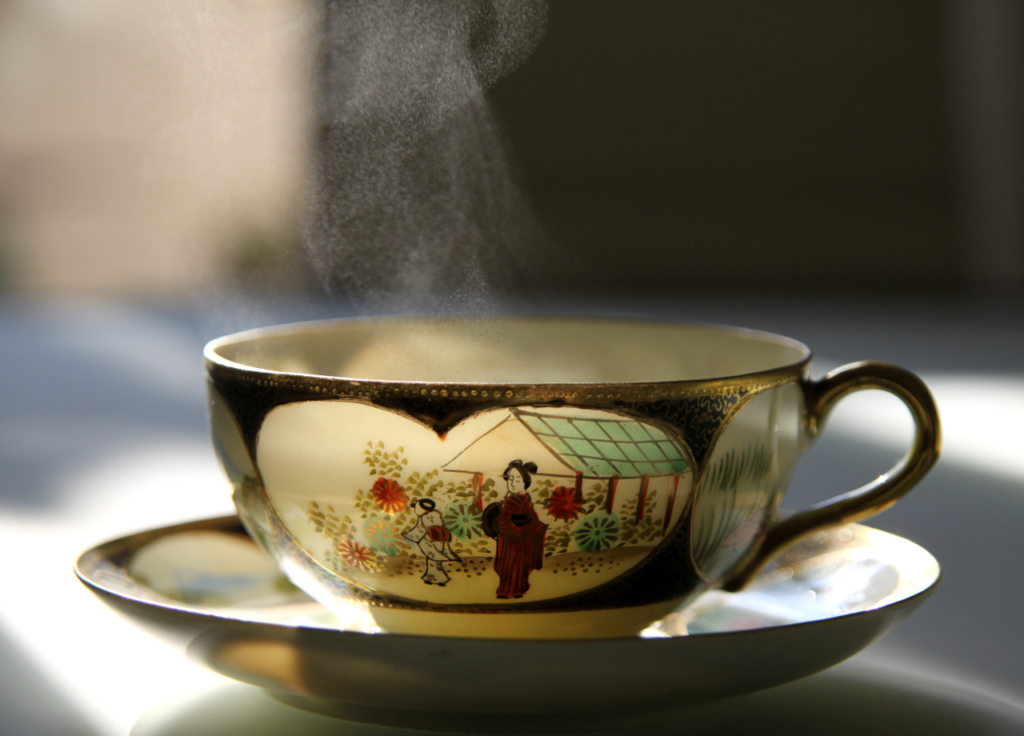
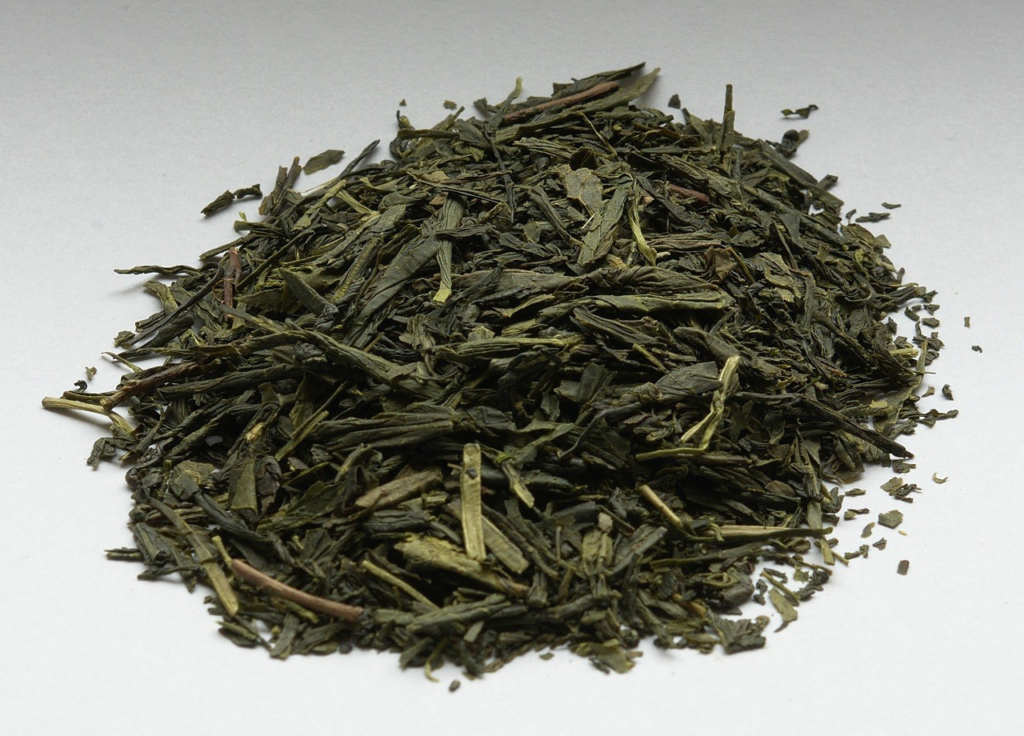
Popular green tea varieties include…
Gunpowder – A Chinese variety from the Zhejiang region, it is steamed, not pan-fired, unlike other Chinese green teas. It derives its name from the characteristic round pellet shape in which its leaves are rolled before drying, similar to gunpowder grains. Famous for its strong flavour, it is the variety used in Moroccan mint tea.
Longjing – A pan-fired tea from the eponymous Chinese village, mostly produced by hand and yielding a light yellow liquor. Longjing is referred to by some as “China’s national drink” and is surrounded by numerous legends, one of which tells of an emperor of the Qing dynasty who, upon visiting the village and trying the tea, was so impressed that he conferred special imperial status to 18 tea bushes, which are said to still exist today. Its taste is vibrant and smooth.
Sencha – The most popular tea in Japan, Sencha is grown in sunlight. The leaves are steamed, and rolled out tight before drying, which gives them their characteristic needle shape. Its first flush is considered the finest. Sencha is very rich in vitamin C, and its taste is vegetal and sharp, ultimately providing a refreshing feeling.
Matcha – Japanese shade-grown tea, whose finest buds are steamed, dried, deprived of veins and stems, and then milled into a fine powder. It is the tea used in the traditional Japanese tea ceremony, and its preparation requires stirring with a special bamboo whisk: the tea is not strained, but rather drank with its liquor. Its particular taste is herbal, slightly bitter and increasingly umami, depending on grade and quality. A rule of thumb for choosing a good matcha is its colour: it should be bright green, without yellow or brown tones.
Gyokuro – Japanese green tea, shade-grown like matcha, but with leaves rolled out tight before drying as for sencha, and not milled. It is a very refined, chlorophyll-rich tea with a smooth, umami, lingering sweet flavour and pale green liquor, from which it derives its name, meaning ‘jade dew’ in Japanese.
Oolong Tea
A refined, semi-oxidised type of tea, whose complex processing yields a taste of its own, delicate but distinctive, with a warm, toasty and floral flavour palette. Originally grown in the Wuyi mountains of China, one of its most famous varieties is Da Hong Pao (Big Red Robe). According to legend, this tea cured the ailing mother of a Ming emperor, who sent four big red robes to cover the four bushes from which it came. Oolong is prepared with water at 85-95°C, depending on variety and blend.
White Tea
Delicate type of tea originally grown in the Fujien province of China, made only from unopened buds and young leaves. The least processed type of tea, it is plucked, withered and dried, undergoing minimal oxidation (yet more than in the case of green tea). It derives its name from the white hair present on the young buds, and its taste is delicate and mild. One of its most famous varieties is Pai Mu Tan, also called Bai Mudan or White Peony. It is brewed with water at 70-85°C, depending on variety and blend.
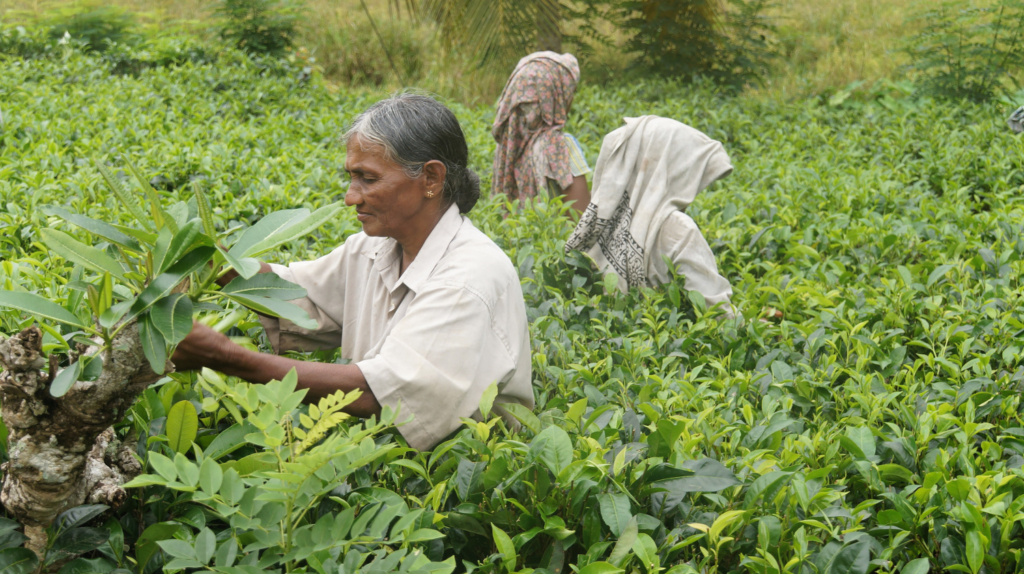
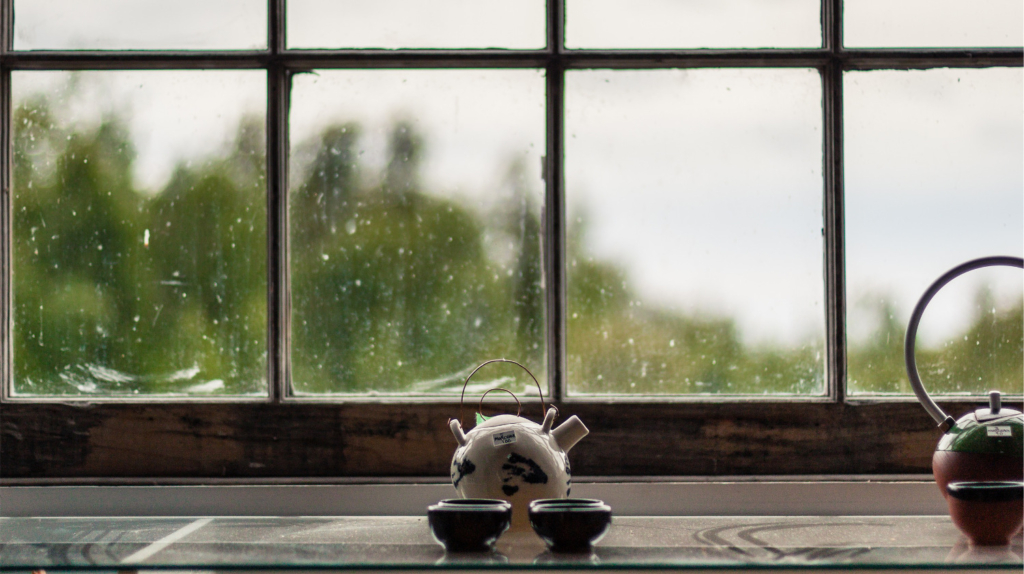
Yellow Tea
A rare and expensive type of tea resulting from a time-consuming, complex process, yellow tea is minimally oxidised – like green tea – but instead of being cooled after is steamed, it is covered with a damp cloth and left aside for anywhere from hours to days, giving its liquid the characteristic colour. It is a light-bodied type of tea with a generally mellow taste. One of its most famous varieties is Junshan Yinzhen, a rare tea from China’s Junshan Island. Yellow tea needs to be brewed with 75-90°C water, depending on variety and blend.
Fermented Tea
Fermented teas are a complex and variegated category, involving idiosyncratic processing techniques which depend largely on the country of origin and local traditions, but they mostly come compressed in ‘bricks’ of different shapes. The most famous variety is probably Pu-erh, an aged tea from China’s Yunnan province made from the Assamica variety of Camellia Sinensis, with a protected designation of origin. Pu-erh, like other fermented teas, involves actual microbial fermentation, and often an ageing process which lasts from 2 months to many years, yielding a wide range of flavours.
Rooibos
Even if commonly called ‘tea’, Rooibos has no relation to Camellia Sinensis, being made from the plant of the same name (meaning ‘red bush’ in Afrikaans), which is endemic to a small part of Western South Africa. The red colour is the result of an oxidation process which is also partially responsible for its flavour (though a green rooibos is also produced). Distinctively sweet, warm and completely caffeine-free, it blends particularly well with spices and fruit. Try it with honey.
Now that you’ve chosen your tea, it’s time to address the ultimate dilemma: milk first or tea first?
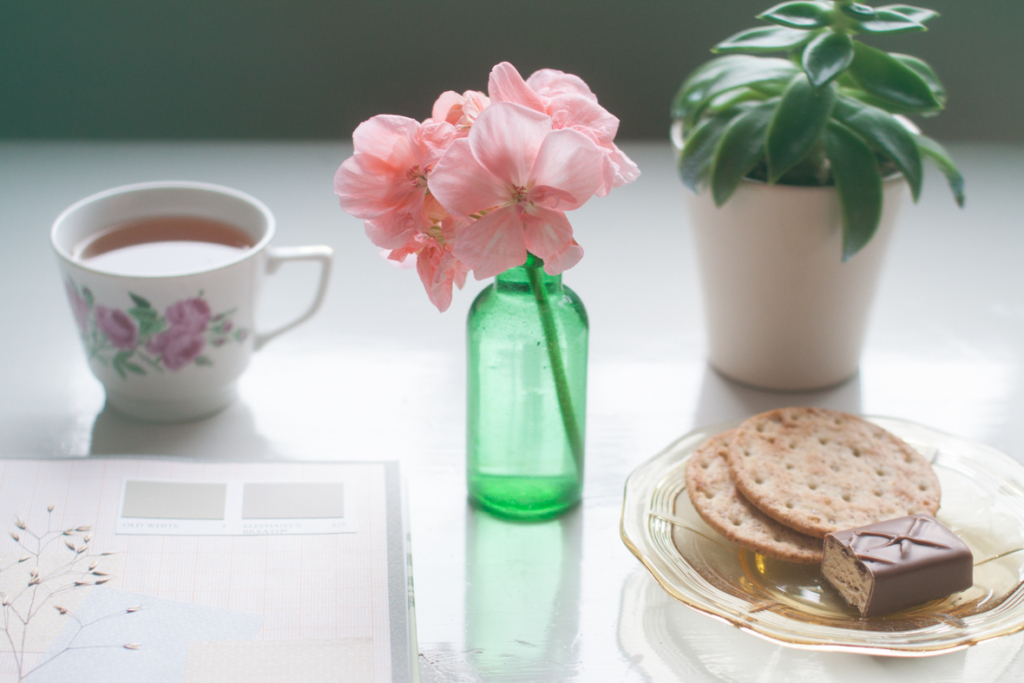
There’s no right or wrong answer – it’s all about personal preference, though science suggests it’s best to pour to milk into the cup first, then add the tea slowly to prevent the proteins in the milk from clumping due to the sudden temperature change. #staysafe #stayathome #selfisolation
So there you have it. Drink up!
Article by Livia Formisani

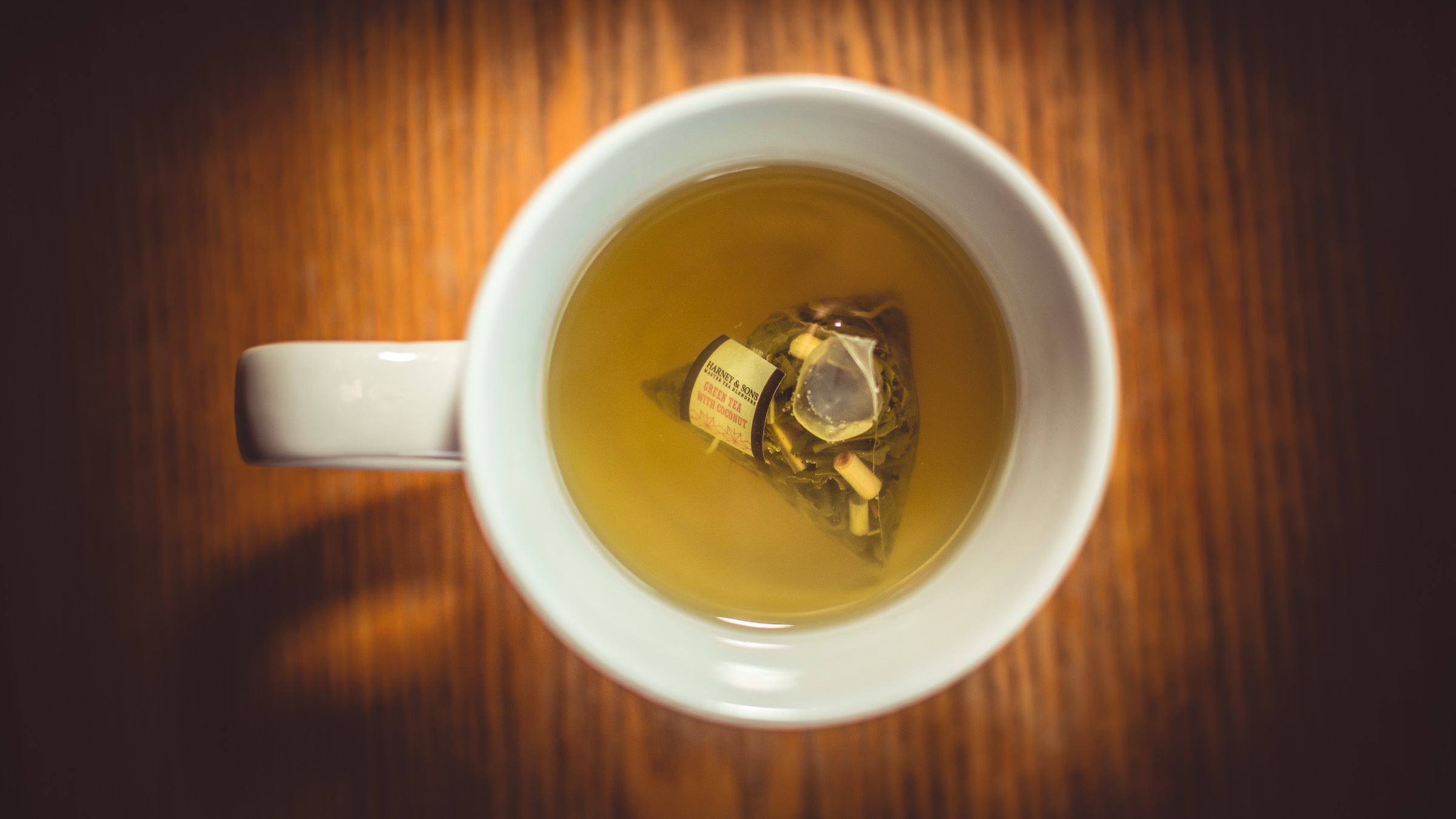



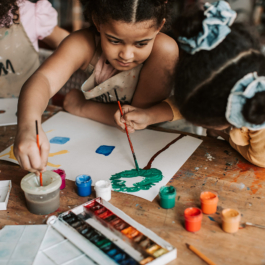
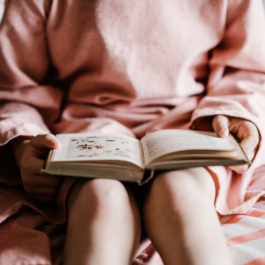
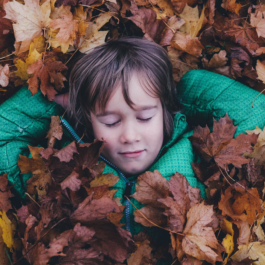
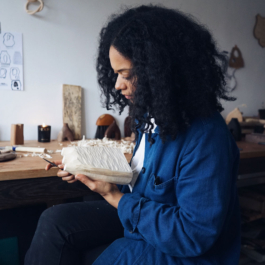

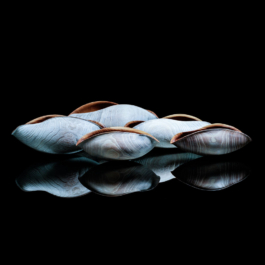
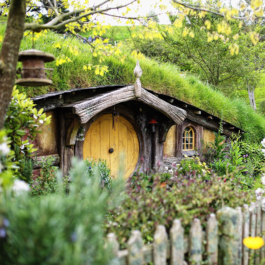


Sorry, the comment form is closed at this time.